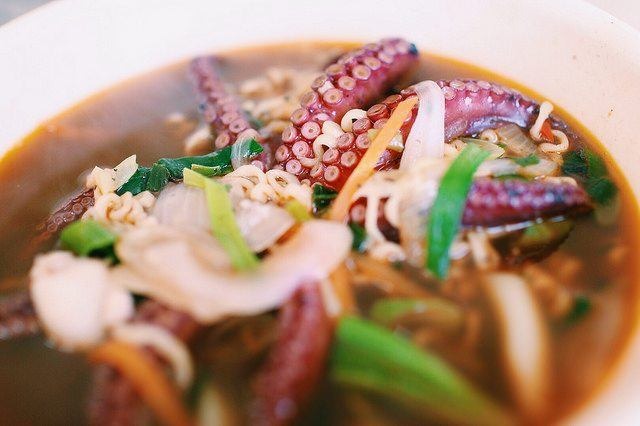Food To Travel For: 150 Iconic Dishes From Around The World
What are the world's most iconic dishes? What would be on the tip of a local's tongue when suggesting what to taste, or the best place to find it? Furthermore, how many dishes contribute to defining a place? The world is a gastronomic paradise, its every corner harboring a distinct culinary identity.
These dishes say more about a place than just what foods are eaten there. If you look a little closer, they reveal an inside truth about who they nourish and can be an up-close lens on a place's history. These foods draw influence from a country's politics, geography, climate, a people's makeup, and its culture. They've stood the test of time — whether derived from a colonist's cuisine or in spite of it, and whether they've been updated for modern palates or kept in traditional form.
Regional specialties have ignited hundred-year debates, and a dish's origins can create rifts between neighboring countries. Beyond that, where to find the best of any national dish, official or unofficial, can launch once close friends and family members into screaming matches. There exists a smartphone app created for the sole purpose of finding the best doubles in Trinidad and Tobago, an official "trail" in Canada for finding the best butter tarts around, and, well, Philly cheesesteak's hotly contested reputation precedes it.
Foods like chilli crab in Singapore, hamburgers in America, fries in Belgium, Polish pierogies, Vietnamese pho, and currywurst in Germany, are sold on every corner and are must-trys that visitors are aware of before even booking a flight. Conversely, meals like Egyptian koshary, stamppot in the Netherlands, Polish bigos, cou-cou and flying fish in Barbados, and svíčková from the Czech Republic are perhaps surprises to travelers, but are historically or culturally noteworthy. These iconic dishes are all very different — historical and modern, delicious and acquired tastes, popular and old-fashioned. But they all not only introduce a visitor to the root of a place, they invite that visitor to dig a little deeper, and to come back for more.
Chicago hot dogs, Philly cheesesteaks, and Canadian poutine meet Bahamian conch, El Salvadorian pupusas, and Mexican moles. (American hamburger, left.)
Latin cuisines use local oils and herbs mixed with succulent ground meats and thick stews, and use corn in any number of ways, from complementing citrusy Peruvian ceviche to starring in pastel de choclos in Chile.
One continent combines the old and new flavors of rich pâté de foie gras in France; spiced, bright currywurst in Germany; Swedish meatballs; gooey Swiss fondue; Polish pierogies; and Ukrainian borscht.
Hearty grains, nuts, and legumes make their way into many Middle Eastern and African foods, like Egyptian and Israeli falafel, Jordanian mansaf, ndole from Cameroon, spongy Ethiopian injera, and Senegalese thieb.
The continent marries bright and beloved dishes like Singaporean chilli crab, Chinese peking duck, Indonesian nasi goreng, and Korean kimchi with hearty meats like Australian meat pies, tandoori dishes in India, and Filipino lechón.
Originally published on February 6, 2012.
